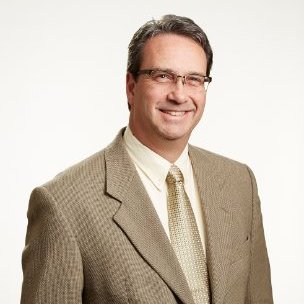
With its numerous mountain ranges and valleys, and the Yangtze River running through it, the Sichuan region of southwest China is the country’s fifth largest province in terms of land. It is an important region that needs to be protected because of its agriculture, wildlife and historical significance to the country. Referred to as “The Land of Abundance,” the province contains many of China’s natural wonders, wildlife preserves, archaeological sites, ancient engineering achievements, museums and historical buildings – all tourist attractions. It also is China's leading agricultural producer of rice, wheat, sugarcane and other crops, and the western plateau and mountainous regions are important environmental and forest regions, rich in bamboo, white wax and ingredients for traditional Chinese medicine.
The area features a UNESCO World Heritage site, the Giant Panda Breeding Research Sanctuary, which is home to more than 30 percent of the world’s highly endangered giant pandas as well as other globally endangered animals such as the red panda, the snow leopard and clouded leopard.
Conversely, the province also is rich in mineral resources, contributing to the economic success of the country with a highly industrialized center for coal mining, petroleum refining and chemical production.
Challenge
Members of the Sichuan industrial center often find themselves in the paradox of working for efficient, cost-effective production while limiting potential impact to the local environment and endangered wildlife. A petrochemical customer in the western part of the region was faced with this challenge when defining a method for sampling refinery downstream ethylene chemicals. The customer, one of the largest oil companies in China, refines crude oil from Kazakhstan into petrochemical gas and liquid products such as liquid petroleum gas (LPG).
Members of the Sichuan industrial center often find themselves in the paradox of working for efficient, cost-effective production while limiting potential impact to the local environment and endangered wildlife.
The number of sample points for each fluid included ethylene – 93; butadiene – 39; butanol – 94; tank farm – 39; ethylene oxide/ethylene glycol (EO/EG) – 70; polybutadiene rubber – 29 and methyl tertiary-butyl ether (MTBE) – 20.
The customer evaluated sampling solutions from a variety of suppliers including aggressive local small integrators looking to copy designs with inferior (but cheap) solutions, with engineering requirements that the customer felt were a challenge.
Solution
 In the end, the customer recognized that partnering with a trusted sampling brand was the best solution to meet their needs while protecting the environment. Low-emission (low-e) sampling is the gold standard for petrochemical processing due to the often high pressures and dangerous chemical nature of the processes. Obtaining a representative sample safely is essential, and low-e closed loop sampling systems are safe, simple to use, and yield representative samples for accurate analysis. Closed loop systems offer the ultimate in safety, as they keep liquids and gases contained. They also comply with stringent OSHA, EPA and international requirements for worker and environmental safety.
In the end, the customer recognized that partnering with a trusted sampling brand was the best solution to meet their needs while protecting the environment. Low-emission (low-e) sampling is the gold standard for petrochemical processing due to the often high pressures and dangerous chemical nature of the processes. Obtaining a representative sample safely is essential, and low-e closed loop sampling systems are safe, simple to use, and yield representative samples for accurate analysis. Closed loop systems offer the ultimate in safety, as they keep liquids and gases contained. They also comply with stringent OSHA, EPA and international requirements for worker and environmental safety.
The samplers are simple to use, with operators controlling the sampling process using a series of valves and vents. They also are accurate, as operators are able to sample fresh, representative material directly from the process flow. There is no guesswork as to the age of the sample or how long it’s been exposed to potential detrimental exterior factors such as temperature or elements.
The customer had no experience with low-e sampling, but after learning more about it as well as the expertise built into this solution, decided it was the best one to ensure operator and environmental safety. The customer especially found appealing the application expertise and the ability to discuss critical technical points with knowledgeable engineers who could offer solutions that the competitors could not.
After prolonged discussion, the company purchased nearly 400 Sentry® low-emission MCL, MCG, MVD and MVS custom-designed samplers to sample properties of gases, deadly hydrogen sulfide (H2S) gas, LPG and liquids. Some of the products were able to be provided locally from our Shanghai sales office.
The samplers were purchased in conjunction with Sentry heat exchangers, which are necessary to cool process stream samples of water, steam, gases and hydrocarbons within a petrochemical plant – as volatile hydrocarbon samples can exceed temperatures of 500°F (260°C) and need cooling before analysis.
With the Sentry low-e sampling solutions implemented, the customer was confident that it was protecting the safety of both operators and the environment.
Learn more about our low-emission sampling solutions for petrochemical markets.
Application information courtesy of Leitz Pacific Limited.




